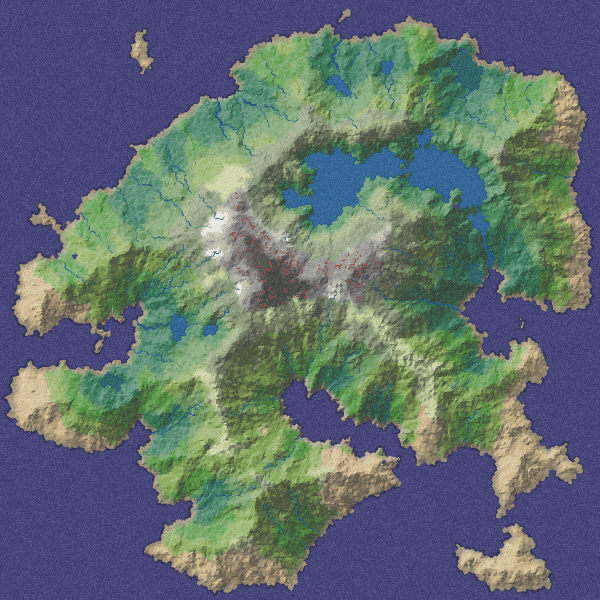

For now, let's get started and set everything up. We can use the depth values to calculate those intersections (more on that later). You can clearly see the intersection highlights when watching the cart drive through the shield.

If you look closely you realize that it's actually two different effects, the outer edge of the shield and an intersection highlight. This time it's a simple diamond pattern with increasing size, highlighting the edges of the hex fields.Īs a result we get this effect, which looks as if the highlights are following the edges towards the corners of the shield.įinally, we have the bright edge of the shield. This might sound a bit complicated at the moment, but trust me, once we implement it, it makes perfect sense. Thus, the fields appear to be more random than they are, the offset is identical for each cycle of the wave. If you look closely you can see that each field adds a random offset to the basic wave. They pulsate from the centre outwards along the x-axis. The first major component is the animated hex fields. The most common culling methods are frustum culling (only rendering objects in the camera's view frustum), occlusion culling (prevent occluded objects from being drawn) and back-face culling.īack-face culling assures, that only triangles that face the camera (normal pointing towards the camera) are being drawn. "Culling" is the term used to describe the process of skipping/discarding objects during rendering.


 0 kommentar(er)
0 kommentar(er)
